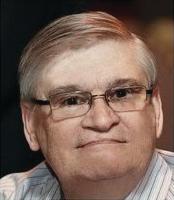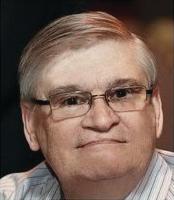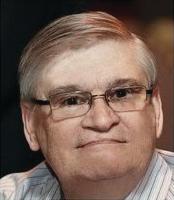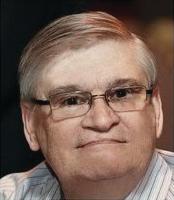It is my experience that most business executives are much better at articulating what they don’t want rather than what they see as the possible future.
Here is the all-too-familiar process: Management determines the vision of the organization, then proceeds to over-delegate implementation. This quickly evolves into a conversation around “Why don’t people buy in to this,” or “What’s wrong with our people?”
So, what’s the alternative?
Alignment is achieved through listening, not presenting. Let’s say that again—alignment occurs from listening—meaning alignment is about you, not them.
Recently, we engaged with a global client to involve almost 4,000 people in a 90-minute listening-alignment meeting. These conversations occurred in several countries in the Northern and Southern hemispheres in less than three months.
This is in contrast to the typical roll-out initiatives that produce some impact but rarely lead to significant, lasting results. It is unprecedented to have 4,000 people participate in an experience where they actually hear others’ commitments, and articulate their own.
Executives who genuinely listened at several of these meetings (no PowerPoint presentations allowed), told us they heard alignment like never before. They committed to resigning from the buy-in game and enrolled others in taking the organization to the future with a common voice.
Impossible, you say? Don’t tell them.
‘What are we building?’
What often grinds projects to a halt is a phenomenon invisible to most of us who spend endless hours looking for the “cause” of the “problem” and attempt to solve it.
But building a business future is not a demolition project. Even if we seek and destroy our problems, we'd still be left asking, “What are we building here?”
By attempting to solve what we think is the “problem” and getting everyone to buy in, we face a number of invisible conversations. Here are several.
‘I have the answer’
By default, when confronted with a possible new business future, many of us go to this script: “I have the answer, and if everyone would just listen to me and do what I say, everything will be all right.”
Then we switch to a persuasion mode. If others don’t buy in, we get angry, blame head office, or pout and withdraw from the conversation, setting ourselves up as a victim of circumstance.
Avoid this trap by engaging others in a conversation to access their commitment before asking for their ideas. Stay away from “how to” conversations at this point. Assure others that you want their ideas—but not just yet.
This sequence seems slow at first, but in the implementation stage, it moves at warp speed.
‘How are we going to do this?’
Listening from this position slows us down until we feel we absolutely know how we are going to do whatever we planned. In our business coaching, we do not allow “how to” conversations to precede the “here’s what we are creating together” conversation.
There are a number of different ways to accomplish anything. As Yogi Berra said, “When you come to a fork in the road, take it!”
We have choices—options. The issue is commitment to one approach, not constant chatter around what is right or wrong.
And watch out for, “I have the answer, and if people would just listen to me and do what I say, everything will be all right.” If we are not careful, at best we will replicate a slightly improved version of the past.
Stay focused on the end result and move forward without speculation, worldviews, prejudices, or complete buy-in. Don’t predict the future; create it—together.




